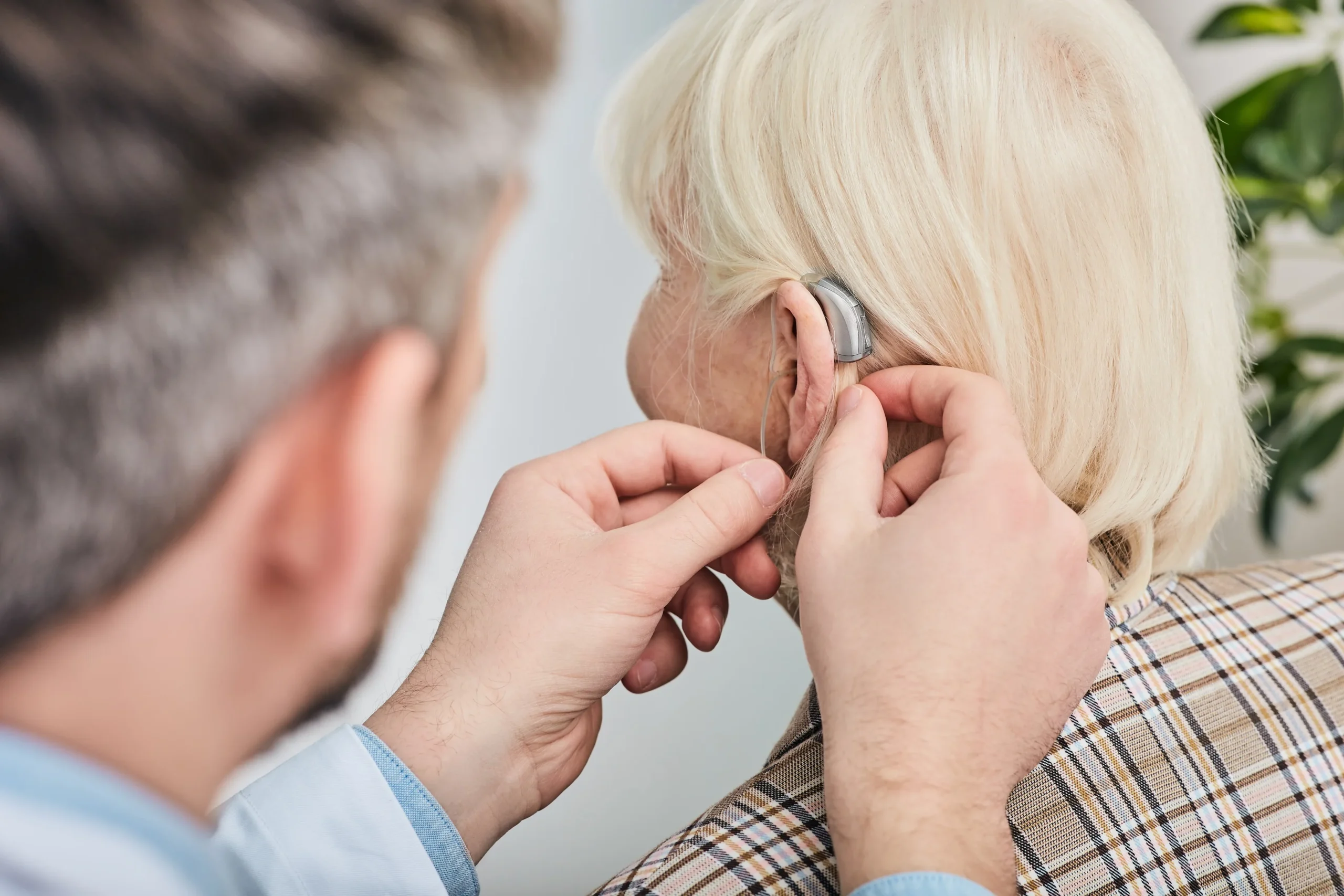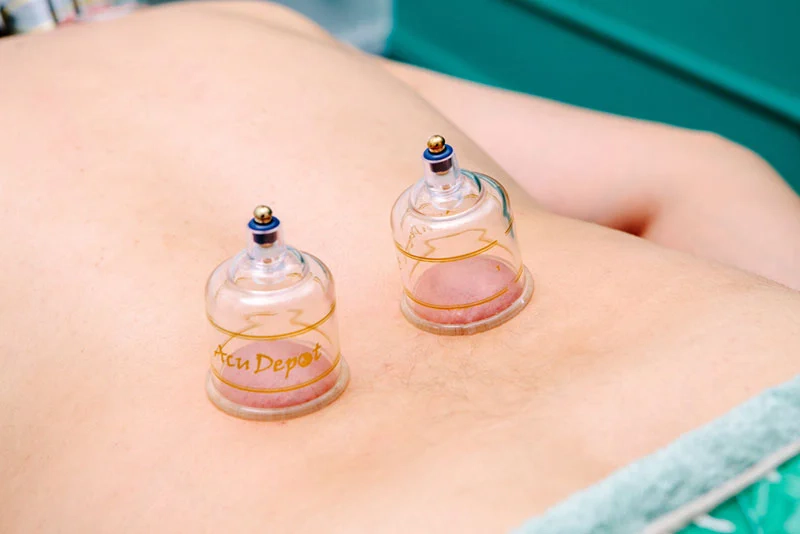Hearing aid fitting: Befitting hail aids is a pivotal process that involves several stages to ensure the device works effectively for the stoner. These are the six main stages of hearing aid fitting.
Hearing Assessment
Before any fitting begins, a thorough hail assessment is conducted by an audiologist. This assessment generally involves a series of tests to determine the nature and extent of the hail loss. The results, frequently presented in an audiogram, help in opting and programming the applicable hail aids.
Selection of Hearing Aids
Grounded on the results of the hail assessment, specific types of hearing aids are recommended. Factors considered include the degree and type of hair loss, life requirements, aesthetic preferences, homemade dexterity, and budget.
Original Befitting and Programming
Once a suitable hail aid is named, it needs to be programmed to meet the existent’s specific hail loss profile. This involves conforming the settings of the hail aid, similar to volume and frequency response, to match the audiogram results.
Ultramodern hail aids can be largely customized to enhance hail in different surroundings( like noisy places or theaters).
Real-observance dimension( REM)
The observance dimension is a system used to corroborate that the hail aids are furnishing the correct situations of modification at every frequency, acclimatized to the stoner’s observance conduit acoustics. This step ensures that the programming of the hail aid matches the audiological tradition exactly.
Case Education Educating
The case about how to use, maintain, and watch for their hail aids is vital. This includes instructing them on how to fit and remove the bias, how to change batteries or charge the bias, and how to clean them. also, the audiologist will explain how to use colorful features and programs of the hail aid.
Follow-up and Fine-tuning
After the original fitting, follow-up movables are pivotal. These sessions allow the audiologist to make any necessary adaptations to ameliorate comfort and performance. The stoner can give feedback on their experience, including any issues with fit or sound quality, which the audiologist can also address. Nonstop fine-tuning may be demanded to acclimatize to changes in the stoner’s hail loss or preferences. These stages help ensure that the hail aids aren’t only rightly fitted but also give maximum benefit and comfort to the stoner.
What’s a hail aid befitting band?
A” hearing aid befitting band” generally refers to a set of frequency-specific gain values( expressed in rattle) determined during the hail aid befitting process. These bands are pivotal for programming the hail aids to meet the specific hail loss profile of an existent. Basically, the term” band” in this environment denotes a range or band of frequentness where the hail aid’s modification settings can be acclimated to optimize hail for the stoner.
Crucial Aspects of Hearing Aid Fitting Bands
Frequency Bands
Ultramodern hail aids can divide the sound diapason into multiple independent channels or bands. Each band can be acclimated independently to amplify specific frequencies where the hail loss is more significant. This customization allows for more precise corrections grounded on the stoner’s audiogram.
Programming and Adjustment
During the befitting session, an audiologist uses these bands to program the hail aid according to the audiometric data of the stoner. adaptations in each band ensure that sounds are neither too soft nor uncomfortably loud, enhancing speech understanding and overall hail quality.
Real-observance measures
Audiologists frequently use real-observance measures to fine-tune these bands. By placing a bitsy microphone inside the observance conduit next to the eardrum, the audiologist can measure exactly how important sound is being delivered by the hail aid in each band and acclimate the settings consequently.
Significance in Hearing Aid
Efficacity rightly acclimated fitting bands are essential for the effectiveness of the hail aid. They ensure that the device compensates directly for the wear and tear of hail loss at different frequencies, perfecting the clarity and lightheartedness of sound. In summary, hearing aid fitting bands are an abecedarian aspect of the customization of hearing aids, allowing for detailed and personalized settings across different frequencies to stylishly match the stoner’s hail loss profile. These adaptations help maximize the functional benefits of the hail aids, perfecting communication and quality of life for the stoner.


